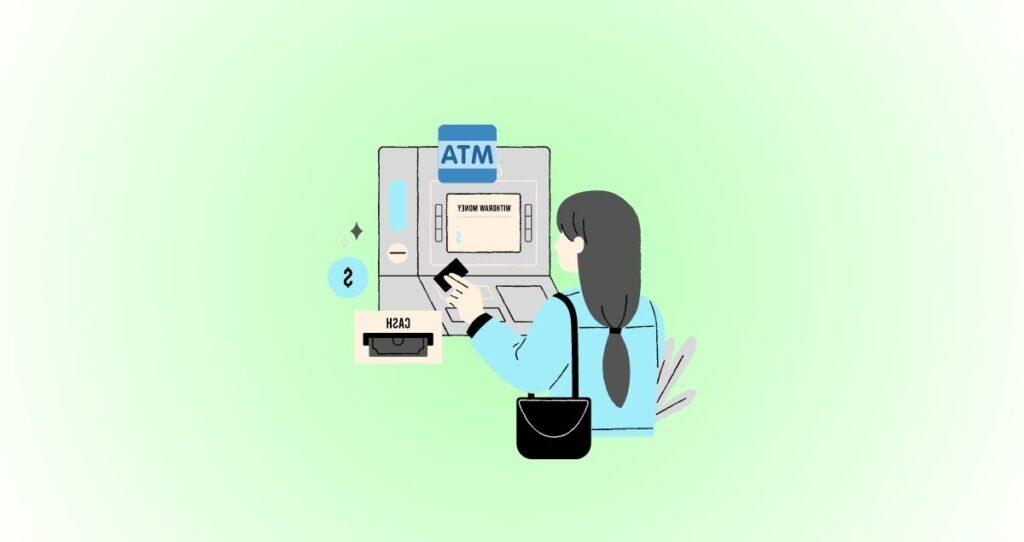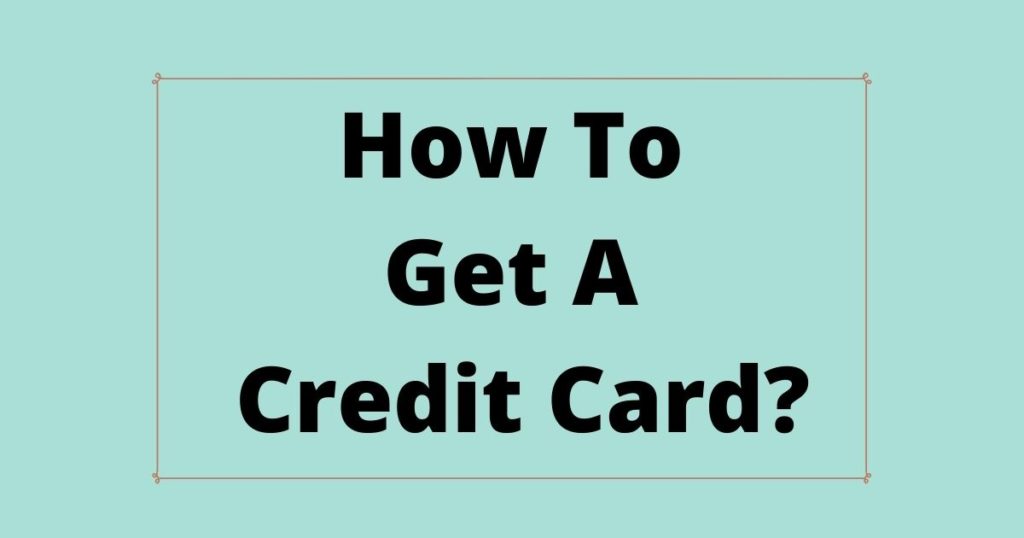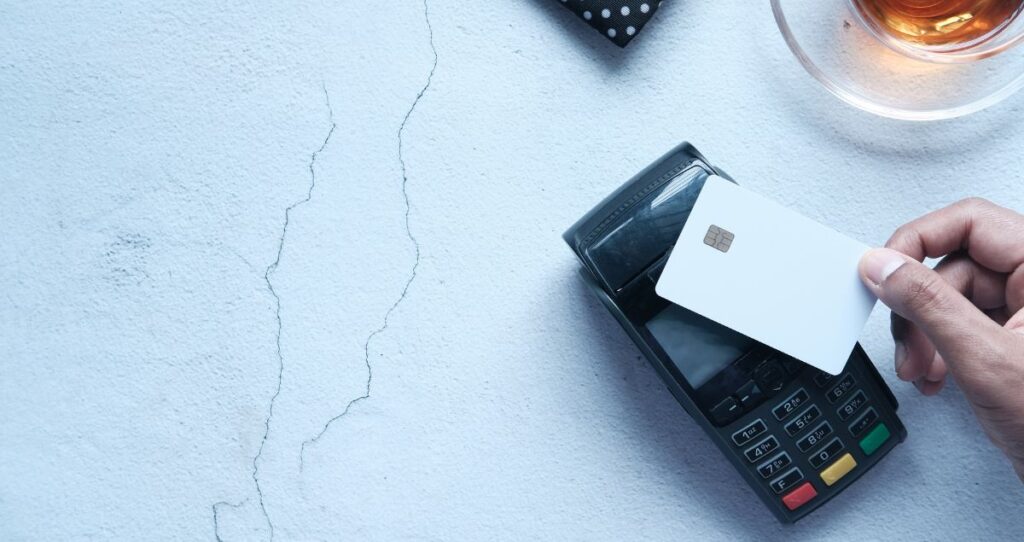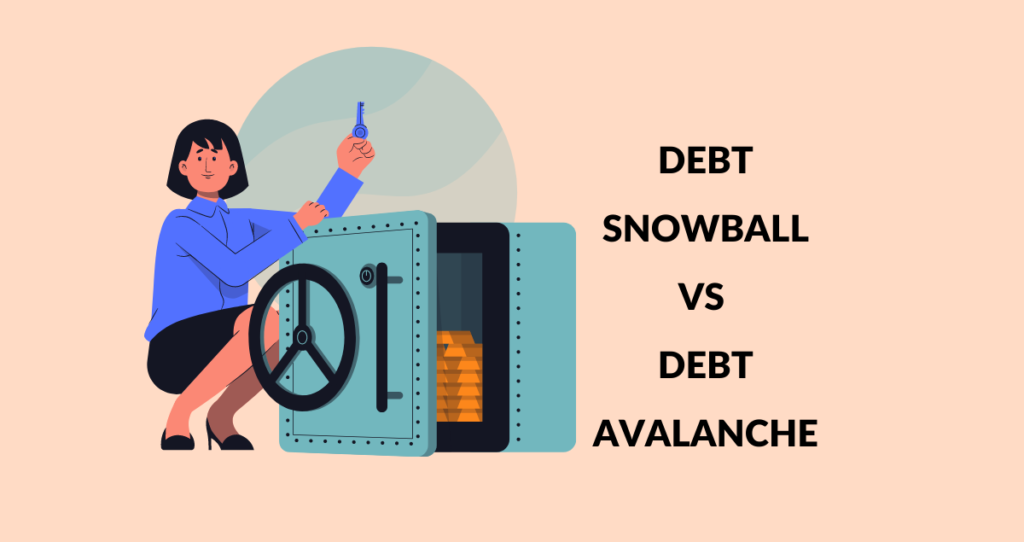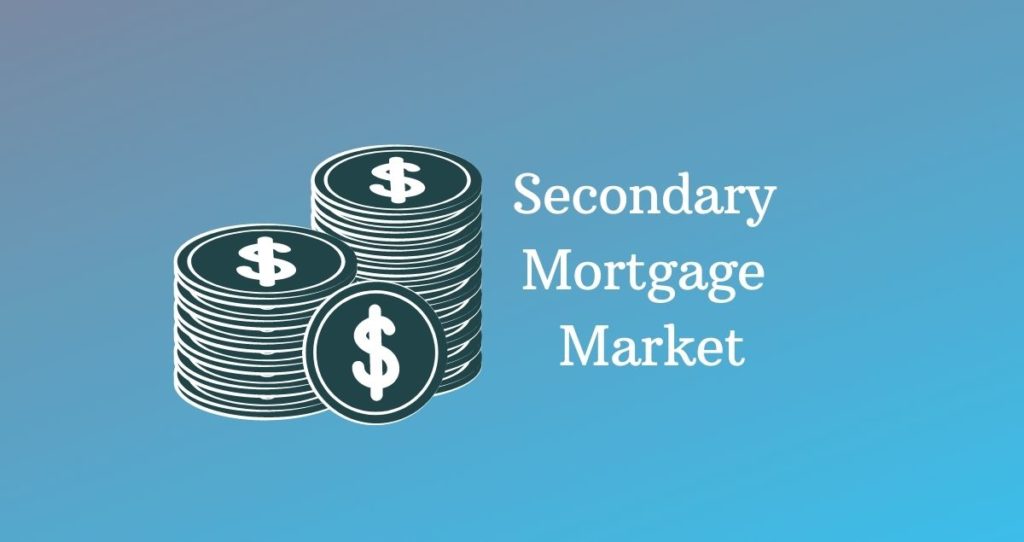Is it possible to take cash out from a credit card at an ATM? While many people are familiar with using their credit cards for regular purchases, most of them are not aware that it is possible to withdraw cash from their credit cards.
Unexpected expenses can catch you off guard, leaving you in a financial bind. But did you know that you can withdraw cash from your credit card at an ATM to cover unexpected expenses? Yes, you can get cash from an ATM using your credit card. This option may seem like a quick fix and easy way to access cash, but it is important to understand the risks and benefits of this option before diving in. In this article, we will explore the truth about using your credit card at an ATM and provide expert guidance on how to do it safely and responsibly.
Can you withdraw cash from a credit card at an ATM?
If you are considering withdrawing cash from your credit card at an ATM, you might wonder if it is even possible. The answer is yes, but there are a few things you need to keep in mind before you do so. To avoid high fees and minimize interest charges, it is essential to understand the process and follow a few simple steps.
You might also like: What is a good credit limit on a credit card?
What is a cash advance and how does it work?
Just like withdrawing cash from a debit card, most credit cards allow you to withdraw cash at an ATM. This process is known as a cash advance.
Keep in mind that the cash advance balance comes from your credit card limit. By default, your credit card is meant for daily expenses. But, you can also take a loan against your credit limit through a cash advance. Instead of using your credit card to make a purchase, you can withdraw a portion of your limit as cash.
For this reason, cash advance comes with its own limit and it is usually a percentage of your credit limit.
Most credit card issuers keep your cash advance limit between 20% to 50% of your credit limit. Additionally, a cash advance comes with its own annual percentage rate(APR) which is usually higher than regular credit card APR. Additionally, you pay cash advance fees and ATM fees when you use a credit card to withdraw money at an ATM.
The following is a step-by-step guide on how to take cash out of an ATM with a credit card.
You might also like: How to get cash advance from a credit card?
How to withdraw money from a credit card at an ATM?
When you are low on cash, withdrawing money from a credit card at an ATM can seem like a tempting option. Although you can get cash out of a credit card at an ATM, it is important to do it correctly to avoid unnecessary fees and minimize interest charges. You should also withdraw cash from a credit card when it is the last option since the process can be absolutely expensive.
Here’s a step-by-step process to withdraw cash from a credit card at an ATM
- Check your credit card terms and conditions. Before attempting to withdraw cash from an ATM, you will need to know your credit card’s cash advance limit, fees, and interest rates. Evaluate your credit card agreement or call your credit card company to get this information.
- Find an ATM that accepts your credit card. Not all ATMs accept credit cards. So, make sure to find one that does. You can check with your credit card company for a list of ATMs that accept their cards.
- Insert your credit card. Once you find an ATM that accepts your credit card, insert your credit card into the ATM and enter your PIN number.
- Select cash advance: Choose the cash advance option on the ATM menu.
- Enter the amount you want to withdraw. Keep in mind that there may be cash advance limits and fees associated with withdrawing cash from a credit card. Make sure to withdraw only what you need and stay under your cash advance limit.
- Review the fees and charges. The ATM will provide you with a breakdown of the fees and charges associated with the cash advance. This will include any ATM fees, cash advance fees, and interest rates.
- Confirm the withdrawal. If you are okay with the fees and charges, confirm the withdrawal and take your cash from the ATM.
By following these steps, you can withdraw money from your credit card at an ATM without incurring excessive fees. However, make sure to pay off the cash advance balance as soon as possible to avoid accumulating interest charges.
Alternatives ways to take cash out of an ATM with a credit card
Besides withdrawing cash from a credit card at an ATM, there are alternatives to this method. The following are other ways to get cash from a credit card.
- Take cash from a credit card by visiting your local bank. Another option to withdraw money from a credit card is to visit your local bank in person. Once at the bank, let the teller know that you want to get a cash advance from your credit card. With this option, you will need to present your credit card and a government-issued ID and verify your account.
- Convenience checks. Another clever way to get cash from a credit card besides ATM is to use convenience checks. Convenience checks are pre-printed checks sent by credit card companies that allow you to access your credit limit. All you have to do is to write a check and designate yourself as a payee and then deposit the check to your bank. You can also cash the check to access cash from your credit card.
- Get cash back when making purchases. Some credit cards allow you to get cash back from regular purchases such as groceries. First, make sure that your credit card allows cash advances and shop where credit card cash backs are allowed.
Risks and benefits of taking out cash from a credit card at an ATM
Taking out cash from a credit card at an ATM can be a tempting option when you’re in a pinch for cash. However, it’s important to be aware of the potential risks and benefits before making this decision.
One of the main benefits of using an ATM to withdraw cash from your credit card is the convenience factor. It is a quick and easy way to get the cash you need, without having to go through a complicated process or waiting for a check to clear.
However, there are also several risks associated with this method. First, cash advances typically come with much higher interest rates than regular credit card purchases. According to WalletHub, the average APR for cash advances is 24.22% which is too high compared to the 22.15% average APR for credit cards. Cash advance interest is also compounded daily from the day you make the withdrawal. Unless you pay off your cash advance right away, your credit card balance will grow faster and eventually turn into a hard-to-pay-off debt.
Additionally, cash advances also come with fees that can add up quickly. These fees are usually a percentage of the total amount of cash you withdraw and can range from 3-5% of the total amount or $10 depending on what is greater. Additionally, you might pay ATM fees that can range from $1.5 to $3.5 per transaction. ATM fees can also be higher when you make a withdrawal at a nonbank ATM.
Given the financial setbacks of withdrawing cash from a credit card, this process should be your last resort option. You should also pay off your cash advance balance as soon as possible to avoid unnecessary interest charges and never-ending debt cycles.
Expert tips on using your credit card to withdraw cash safely and responsibly
If you find yourself in a situation where you need to withdraw cash from your credit card at an ATM, there are some expert tips you should keep in mind to ensure that you do so safely and responsibly. Firstly, try to use an ATM at a bank or other secure location, rather than a standalone machine in a public area. This reduces the risk of theft or fraud. An ATM from your credit card issuer also charges you a much lower ATM fee compared to third-party ATMs.
Secondly, be aware of the transaction fees and interest rates associated with cash advances from your credit card. These can be significantly higher than regular purchases. For this reason, it is important to pay off the balance as quickly as possible to minimize interest charges.
Thirdly, keep your credit card PIN secure and separate from your card. Memorize it if possible, or write it somewhere safe, and never share it with anyone. This will help prevent unauthorized access to your account.
Finally, borrow only the lowest amount possible to keep fees and interest charges low.
How do I know my credit card PIN?
To take out cash from a credit card at an ATM, you need to know your credit card PIN. The PIN is a four-digit code that provides access to your account and ensures the security of your transactions. Keep in mind that you cannot take out cash without first setting up your PIN.
To find out your credit card PIN, check your card issuer’s online portal, call their customer service hotline, or visit a nearby branch. Some issuers may also allow you to create or change your PIN through their mobile app or online banking platform.
How do I set a PIN for my credit card?
Setting a PIN for your credit card is easy and can be done through your bank or credit card issuer’s website or mobile app. You can also call their customer service hotline to request assistance.
When setting up a PIN, make sure to choose a unique code that is easy for you to remember but difficult for others to guess. Avoid using your birthdate, phone number, or any other personal information that can easily be linked to you.
How much does it cost to get a cash advance on a credit card?
While it is tempting and fact to get cash from a credit card, you should also consider the cost of withdrawing money from a credit card. The following are costs associated with withdrawing cash from a credit card.
- Cash advance APR. The average cash advance APR is currently at 24.22% according to WalletHub. This interest is much higher compared to the average credit card APR of 22.15%.
- Cash advance fees. Typical cash advance fees range from 3 to 5% of the money you are taking out or $10 whichever is greater. Some card issuers can also charge a much higher fee for this process.
- ATM fees. Most ATM charge on average $1.5 to $3.5 or higher for each cash advance transaction.
- Compound interest. One of the biggest financial drawbacks of cash advances is that the interest you pay is compounded daily. Unless you pay off your balance as soon as possible, your credit card balance can grow uncontrollably fast.
The bottom line
Withdrawing cash from your credit card at an ATM can be a convenient solution to unexpected expenses, but it’s important to understand the potential risks involved. Not only that you will pay a higher APR for cash advance transactions, but you will also pay a lot of fees. Additionally, there is a limit to how much you can withdraw that varies from one credit card to another.
Besides taking money from a credit at an ATM, you can also get cash from your credit card at your bank, through convenience checks, or from qualified businesses as cash back. Since most cash advance interest starts accruing right after the transaction and is compounded, you should always pay off your balance as soon as possible to avoid unnecessary charges.
